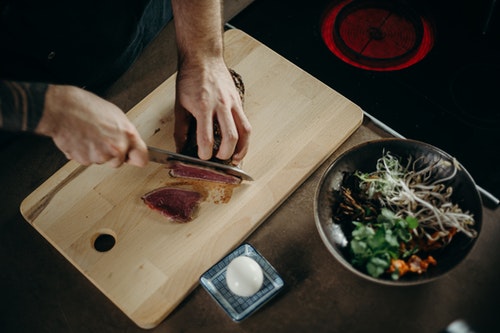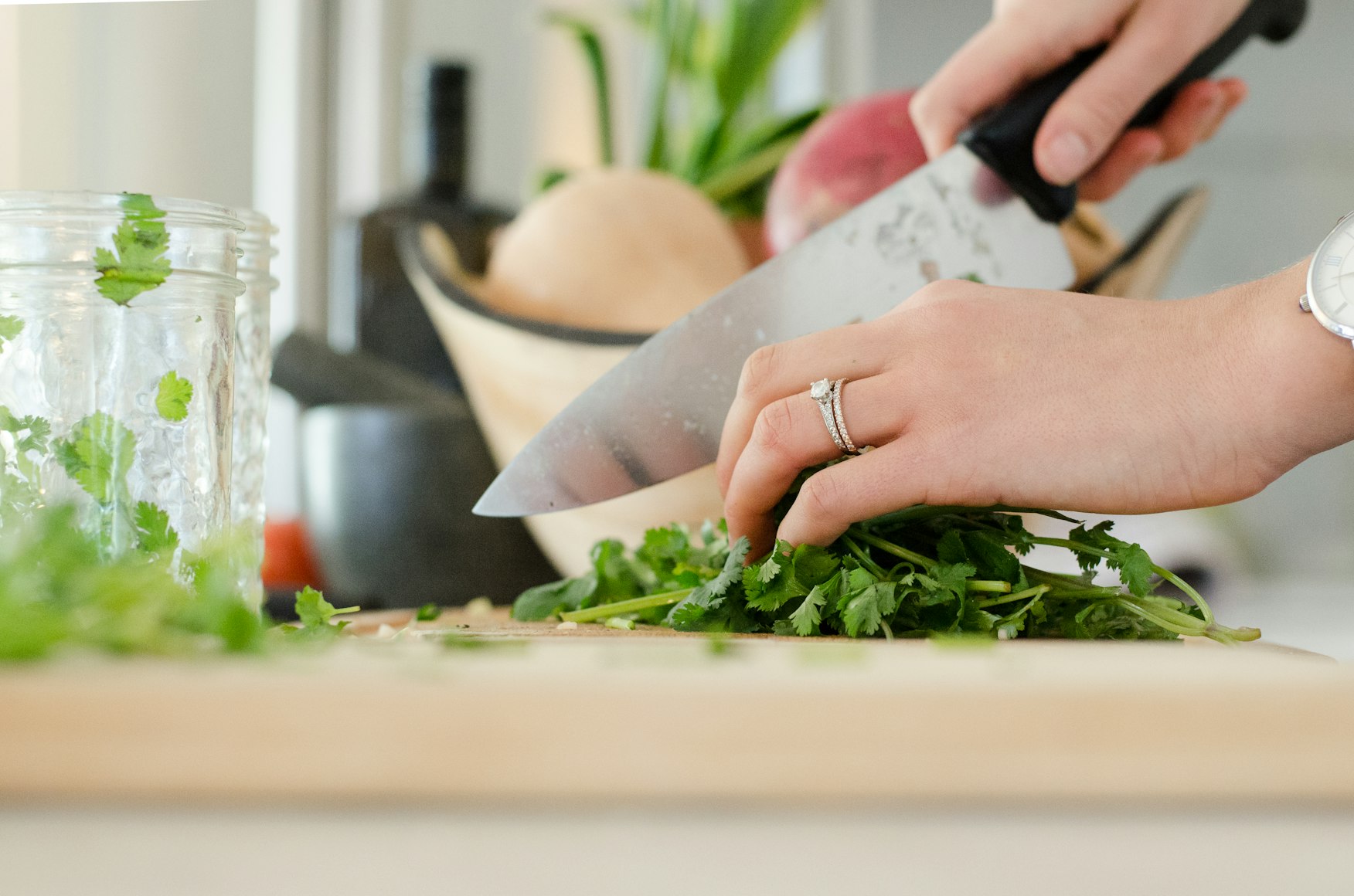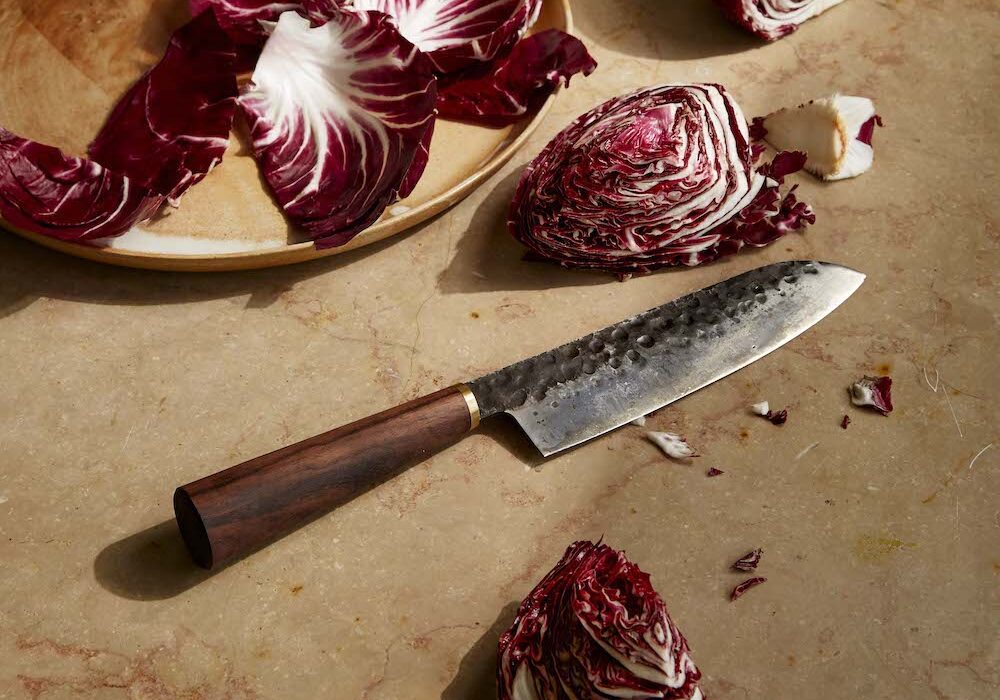Cutting with a Japanese knife is an art that combines precision, technique, and respect for the magnificent tool you hold. The beauty of a Japanese knife lies in its craftsmanship and design, which allows for superior performance in the kitchen. Whether you are a professional chef or a home cook, learning how to properly use a Japanese knife can elevate your cooking experience.

Why Choose a Japanese Knife?
Japanese knives are known for their sharpness, durability, and light weight. They are made from high-quality materials and are designed to provide a clean and precise cut with minimal effort. The blade of a Japanese knife is usually thinner and harder compared to Western knives, making it ideal for tasks that require finesse.
Types of Japanese Knives
- Gyuto: This is the Japanese equivalent of a chef’s knife, versatile and suitable for most cutting tasks.
- Santoku: Known for its ‘three virtues’ – slicing, dicing, and mincing. It is slightly shorter and more compact than the Gyuto.
- Yanagiba: A long, single-edged knife used for slicing raw fish.
- Deba: A heavy-duty knife used for cutting through fish bones and poultry.
- Usuba: A traditional vegetable knife with a straight edge for precise cuts.

Preparing to Cut
Before you start cutting, ensure your knife is sharp. A dull knife is dangerous and can lead to sloppy cuts. You can find tips on how to sharpen a Japanese knife on our website.
Knife Safety Tips
- Always hold the knife properly with your dominant hand.
- Keep your fingers curled under your knuckles to avoid accidents.
- Ensure you have a stable cutting surface.
- Cut away from your body.
- Store your knife safely when not in use.

Basic Cutting Techniques
Mastering basic cutting techniques is essential for efficient and safe use of a Japanese knife.
Chopping
Use a rocking motion with the blade making full contact with the cutting board. This method is best for cutting through thicker vegetables and meats.
Slicing
Hold the item with your non-dominant hand in a claw grip, slide the knife forward and down in a single smooth motion, keeping the tip of the blade on the board.
Chiffonade
Stack leafy greens, roll them tightly, and cut crosswise into thin strips.
Julienne
Cut the item into long, thin strips. This technique is often used for vegetables like carrots and zucchini.

Advanced Cutting Techniques
Sashimi Cutting
Sashimi requires precise and delicate cutting. Use a Yanagiba knife, make long, clean strokes, and avoid sawing motions to keep the fish intact.
Deba Knife for Filleting
The Deba knife is perfect for filleting fish. Start by cutting behind the gills, follow the backbone, and use the weight of the knife to separate the fillet from the spine.
Maintaining Your Japanese Knife
Proper maintenance ensures the longevity and performance of your knife.
- Hand wash with warm, soapy water and dry immediately.
- Use a honing rod regularly to maintain the edge.
- Store your knife in a knife block or magnetic strip to prevent damage.
For more tips on maintaining different types of knives, visit this external link.
Faqs
1. What makes Japanese knives different from Western knives?
Japanese knives are typically lighter, have a sharper edge, and are made from harder steel compared to Western knives. This allows for more precision and finer cuts.
2. How often should I sharpen my Japanese knife?
It depends on use, but generally, you should hone your knife regularly and sharpen it every few months to maintain its edge.
3. Can I use a Japanese knife for all kitchen tasks?
While Japanese knives are versatile, they are designed for specific purposes. It’s best to use the appropriate knife for the task to avoid damage to the blade.
As an Amazon Associate, I earn from qualifying purchases.


